Paris. Yes, there are many tourist areas to explore but if you have already seen them, let’s get beyond the Eiffel Tower and do non-touristy things in Paris. It is the cosmopolitan capital of the country and can even be argued that it is the cosmopolitan capital of Europe. Paris is one of the largest cities on the continent with a whopping 2.2 million residents living in the densely packed central city and another 12 million people located in the surrounding area. To say that Paris is large and diverse is a bit of an understatement and that being said, the country is very well represented around the world. It’s known as a romantic city, and an influential city with history, culture, fashion, food, and art is some of the best here. Parisians love Paris, and the world evidently does too as the city receives over 45 million visitors annually. Even if you’ve never been to Paris, you probably still know of its hotspots and major tourist locations so when it comes to deciding what to do when you visit, do you really need someone to tell you to visit the Eiffel Tower? Probably not. The sheer size and density of the city make it so there are a ton of things to discover and do that don’t make it on your typical tourism guides. Check out some of these off-the-beaten-path things to do in Paris.
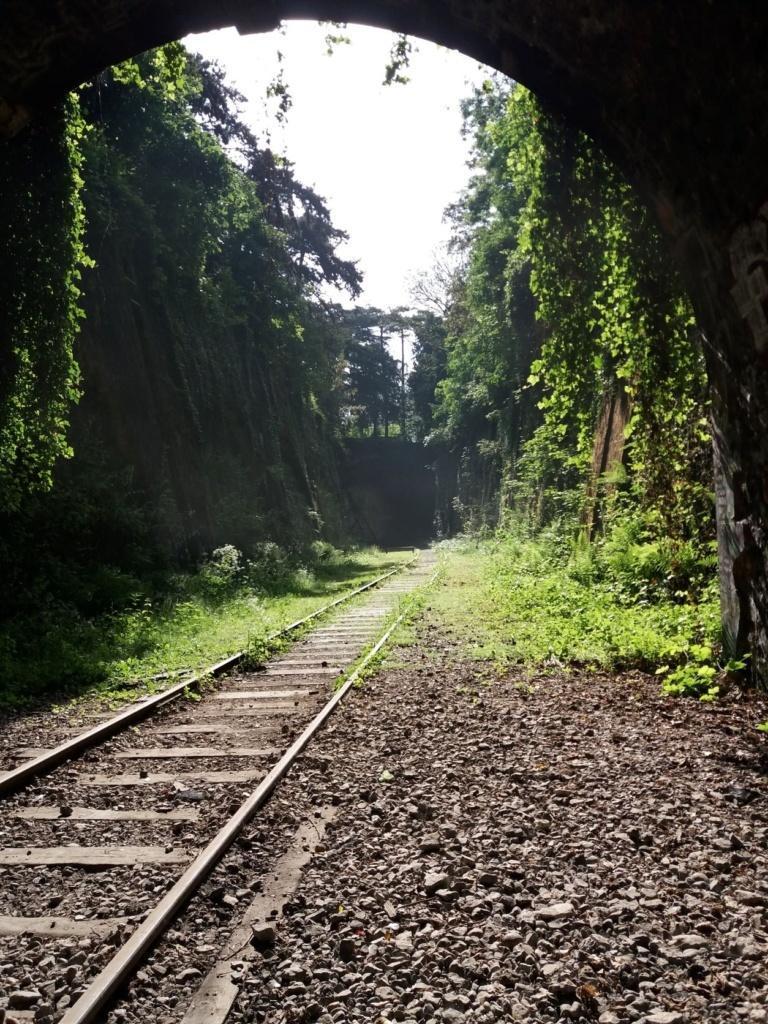
The catacombs of Paris even have their easiest entry point from the petite ceinture. Some parts of the track can be very dark and rough on the feet so make sure to wear good shoes and bring a flashlight.
Walk Along the “Petite Ceinture”
Translating to the “little belt”, the “petite ceinture” is one of the remnants of old Paris of the 19th century. The petite ceinture was a railway system that encircled a part of the city. It was built in 1852 and made to serve as a sort of commuter rail in a time before the Paris Metro became the de-facto way to get around. The petite ceinture stretches through over 32 km of Paris and the former railway mostly goes unnoticed from the hustle and bustle of everyday life. The tracks are mostly overgrown and reclaimed by nature making it a sort of nature reserve right in the middle of the city that most pedestrians (and locals for that matter) hardly even notice.
The petite ceinture closed officially in 1934 when the Metro became the best way to get around but in 2008 the path along the tracks opened to the public and now wildflowers, animals, street art and other flora can be found here making it a hot spot for people who want to do a little urban exploring. The catacombs of Paris even have their easiest entry point from the petite ceinture. Some parts of the track can be very dark and rough on the feet so make sure to wear good shoes and bring a flashlight.
Spend some time with former Parisians
Quarry tunnels have existed in the area since Roman times. The limestone quarries under Paris helped build the city and helped expand it. The expansion of the city led to a larger population, which led to more disease, and then led to more deaths. The cemeteries of the city in the 18th century were soon becoming more and more packed with no room to bury new bodies. With tons of empty quarries available in the city center, the police and priests discretely moved bodies from over-packed cemeteries to the tunnels beneath the city. This soon became known as the “Catacombs”. By 1864 the area was opened to the general public but the sheer size made it hard to keep people from stealing things. It was then closed off but utilized during the Second World War for the French Resistance to get around the city discretely before a group in the 1980s dedicated themselves to a “re-discovery” of the tunnels. Because of a renewed interest in the Catacombs, a large section of it is opened to tours that are safe but due to its labyrinthian nature via the sewers, manholes, and metros, which are illegal, and far less safe. But that doesn’t stop the most adventurous urban explorers out there.
Marché Barbes
The French practically defined what it means to eat. French food is synonymous with class and style so it should come as no surprise that the acquisition of food is just as important as the final dish itself. Located in the 18th arrondissement, Marché Barbes will captivate you from a block away. The smells, the sounds, and the colors of the market are all turned up but what makes it an important place to see is that it’s not your typical Parisian market. It’s a testament to the diversity and multicultural aspect of modern Paris. Marché Barbes mostly caters to African and Arab Parisians, two major cultures that defined Parisian life and along with the market, the neighborhood is mostly inhabited by immigrants from those groups. The Marché Barbes is bustling and loud, don’t be afraid to get called at or even yelled at because it’s always friendly. Offers of fresh fruit, exotic teas, and fragrant spices are on offer along with a few freebies and samples here and there.
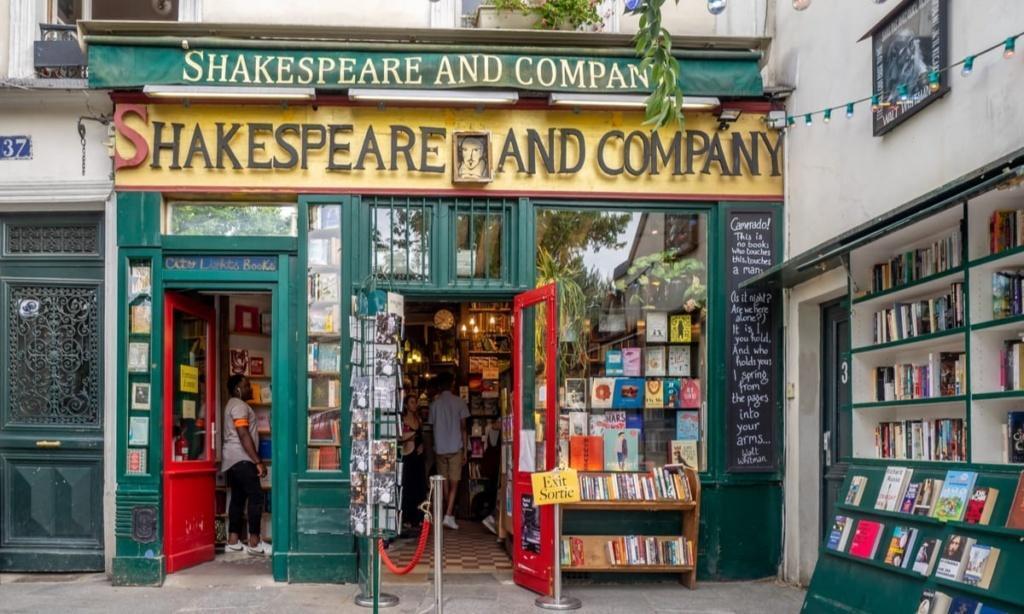
The original Shakespeare and Company bookstore was the first and at the time, only English language bookstore in Paris.
Buy some books and maybe find a place to stay
The original Shakespeare and Company bookstore was the first and at the time, only English language bookstore in Paris. Opened by Sylvia Beach and frequented by some of Paris’s most famous writers such as Ernest Hemingway and James Joyce, the original location closed during WWII. In 1951 an American named George Whitman opened the new Shakespeare and Company and being a fervent communist, Whitman decided that writers needing a place to stay in Paris (and calling them his “tumbleweeds”) could sleep in the bookstore in exchange for a couple of hours a day of helping upkeep the store. Whitman’s daughter Sylvia (named after the original Shakespeare and Company founder) has since been taking care of the store with over 40,000 tumbleweeds having slept in the shop over the years. The adjacent building was bought recently and turned into a literature-themed café and bistro.
If something more esoteric is what you’re after, just a few blocks away from Shakespeare and Company is Un Regard Moderne. Owner Jacques Noel opened this bookstore that is little more than a closet and it was a favorite of iconic beat writers such as Allen Ginsburg and William Burroughs. The bookstore (if you can call it that) is made up of two rooms, filled to the brim with subversive, weird, unique, and one-of-a-kind books, essays, zines, and comics. The store itself can barely fit more than five customers at a time and the anarchic chaos of the place synergizes with the strange and exotic science fiction novels, Japanese imports, and censored graphic design to the point where the whole experience feels like living modern art.
Explore some of the less-known Museums
The Louvre, the Museé Cluny, and the Museé D’Orsay are all quintessential and very popular tourist destinations but Paris being the eclectic place that it is, has a lot more behind the scenes when it comes to museums. Ditch the line-up at the LOuvre and check these out instead.
- Museum of the History of Medicine: The collections at the Museum of the History of Medicine date back to the 18th century and after spending some time here you’ll be glad that your last visit to the doctor wasn’t so macabre. Among the 1,500 piece collection are tools used on Napoleon’s autopsy and surgical devices used at Waterloo.
- The Room of Endangered and Extinct Species: This small museum hosts a variety of animal specimens and taxidermy representing species of flora and fauna that have since gone extinct or are nearing extinction. Among some of the extinct varieties are the Black Emu, the Quagga – a zebra with stripes only on its head, a Tasmanian Tiger, and one of the ten known specimens of the Martinique Muskrat.
- Musée de la Magie: The Museum of Magic is a little more lighthearted and fun in comparison to old medical devices and dead animal specimens. The museum is a collection of optical illusions, magic artifacts, and fun-house mirrors. There is a collection of magic devices dating from the 19th and 20th centuries. As an interesting aside to the property, the museum was once the home of the Marquis de Sade and is said to be where he started developing some of his more notorious sexual appetites. Despite this, the museum is totally family-friendly and a fun option for people with kids.
- Musée du Quai Branly: While many Parisian museums are dedicated to the artwork and craft of European masters, the Musée du Quai Branly aims to showcase the rest of the world. The museum is one of the best displays of ethnographic artistry in the world with over 450,000 pieces of non-western art on display. The Oceania displays have artifacts from New Guinea tribes and Easter Island monoliths, while the Asian has a wide display of Indonesian shadow puppets. While the African section has a variety of elaborate tribal masks and traditional jewelry.
Dine in Paris’s Oldest Stone House
Paris has an absolute plethora of places to eat from the extreme high-end and Michelin-starred to the affordable street fare that will run you a couple of Euros. But if you’re looking for a unique experience, the house of Nicolas Flamel is now one of Paris’s best restaurants. Flamel was born in the 14th century and became one of the most widely known alchemists. When he was a child he worked in a bookstore and came upon a book about turning ordinary metals into gold. Whether that’s true or not, his name has always been associated with the transformation of elements and he indeed became a wealthy man. He built this stone house sometime around 1407 and it is here where he carried out many of his experiments. Now the 15th century stone building is one of the oldest buildings still standing in Paris and is home to the Auberge Nicolas Flamel restaurant.
Our Final Word
To the untrained eye, it might seem like Paris is constantly going. Always at a hustle where the world always keeps on moving. Being a tourist, you might think that you have to cram as much of the city highlights into your itinerary as possible, but you don’t. Parisians have perfect the art of “Flâner” which is to stroll, linger, or otherwise, just be casual and take it easy. The city center is only a few miles wide and the winding streets and alleyways make getting around a bit hard, but that’s exactly why you should ditch the map and just stroll. Traffic in the city is a hassle and the metro doesn’t let you see very much, but if you just walk around and get lost, you’ll find amazing photo opportunities, quaint little shops, cute bistros, and cozy patisseries. Grab a coffee, order a croissant, and just on a café terrace and watch the world go by. Don’t plan to be anywhere or do anything too strenuous, and simply be in the moment.
2 Comments
Submit a Comment
Related Posts
Beyond the Big Five: Discovering Wildlife Wonders in Non-African Safari Destinations
“Beyond the Big Five” takes you on a thrilling journey to lesser-known safari destinations outside of Africa. From the lush rainforests of the Amazon to the vast plains of the Pantanal in South America, this article uncovers the hidden treasures of wildlife wonders that await adventurous travelers seeking a unique and unforgettable safari experience.
Traveling the Hemingway Way: A Guide to Adventurous Exploration
“Traveling the Hemingway Way is not just about visiting destinations, but immersing yourself in the spirit of adventure. Follow in the footsteps of the legendary writer, Ernest Hemingway, as you embark on thrilling journeys, seeking out untamed landscapes, vibrant cultures, and unforgettable experiences. Get ready to embrace the thrill of exploration like never before.”
Cruises vs. Authentic Adventures: The Great Travel Debate
Explore the pros and cons of both cruise vacations and authentic adventures in this travel debate. From the all-inclusive luxury of cruises to the immersive experiences of off-the-beaten-path adventures, discover which travel style suits your preferences and offers the most rewarding experiences.

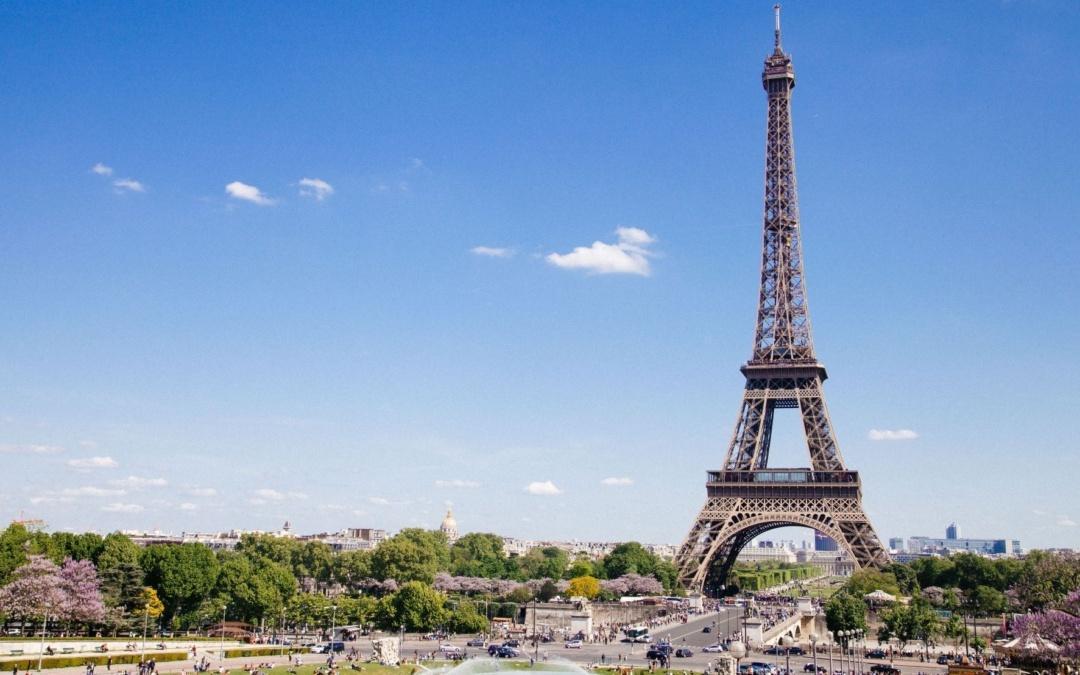
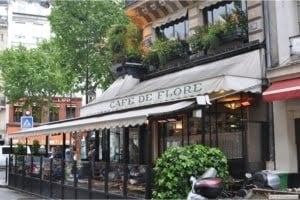
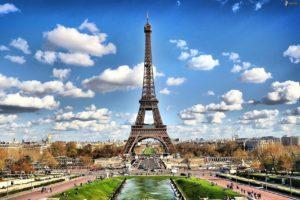
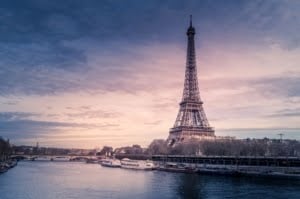

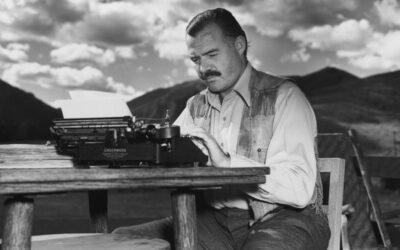



Great!! I love this information . Thanks to my Lovely blog couple Michael and Kati!
Thanks.